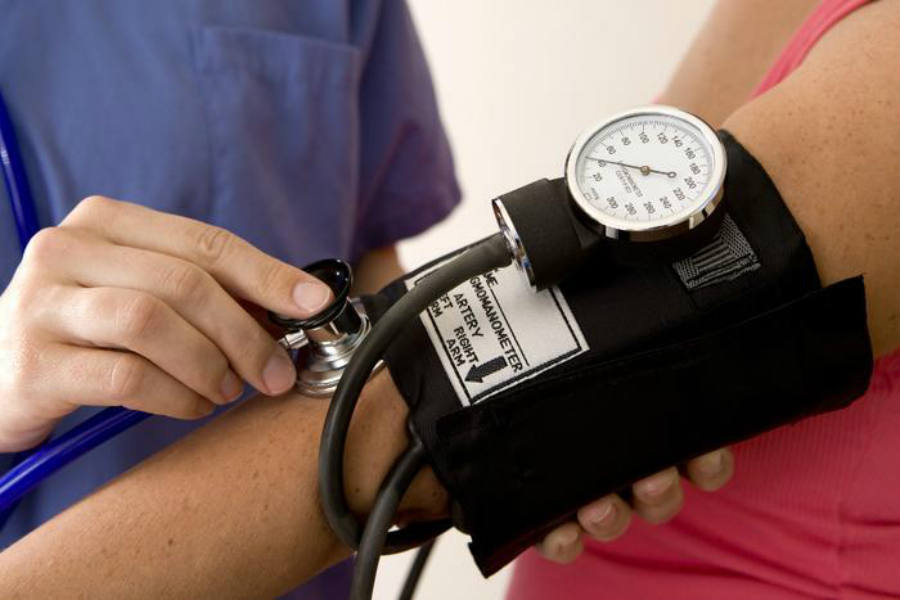NEW YORK : Driving diastolic blood pressure – the lower number in a blood pressure reading – too low, while treating hypertension, may put patients at risk of heart tissue damage, a new US study has found.
For the analysis, researchers used patient data gathered from 11,565 people in the Atherosclerosis Risk in Communities (ARIC) Study, a US National Institutes of Health epidemiological project started in 1987.
They followed the participants for 21 years in a series of five visits, with the last check-in in 2013. Each visit included blood pressure measurement, and several included blood testing.
Participants at the start of the study had an average age of 57; some 57 per cent were female, and 25 per cent black.
“Our key finding suggests that for some patients, there should perhaps be modification of intensive anti-hypertensive treatment,” said J William McEvoy, assistant professor at the Johns Hopkins University in the US.
“If we use blood pressure drugs to push patient’s systolic blood pressures down to 120, the consequence in those starting out with low diastolic blood pressures may be that the diastolic number falls so low that we risk doing damage,” McEvoy said.
Previous studies have shown protective cardiovascular benefits to patients when physicians aggressively treated high blood pressure down to 120/80 millimetres of mercury, with a primary emphasis on keeping systolic pressure – the top number, representing arterial pressure when the heart is pumping – at no more than 120.
From the blood samples, the ARIC scientists performed high-sensitivity cardiac troponin testing, a way of measuring a protein involved in muscle contraction levels, which rise when there is heart damage from a heart attack or blocked artery.
A troponin value greater than or equal to 14 nanogrammes per litre of blood indicates heart damage, researchers said.
They said that their findings cannot prove that very low diastolic blood pressure directly causes heart damage, only that there appears to be a statistically significant increase in heart damage risk among those with the lowest levels of diastolic blood pressure.
The findings are published in the Journal of the American College of Cardiology. (AGENCIES)
Trending Now
E-Paper


